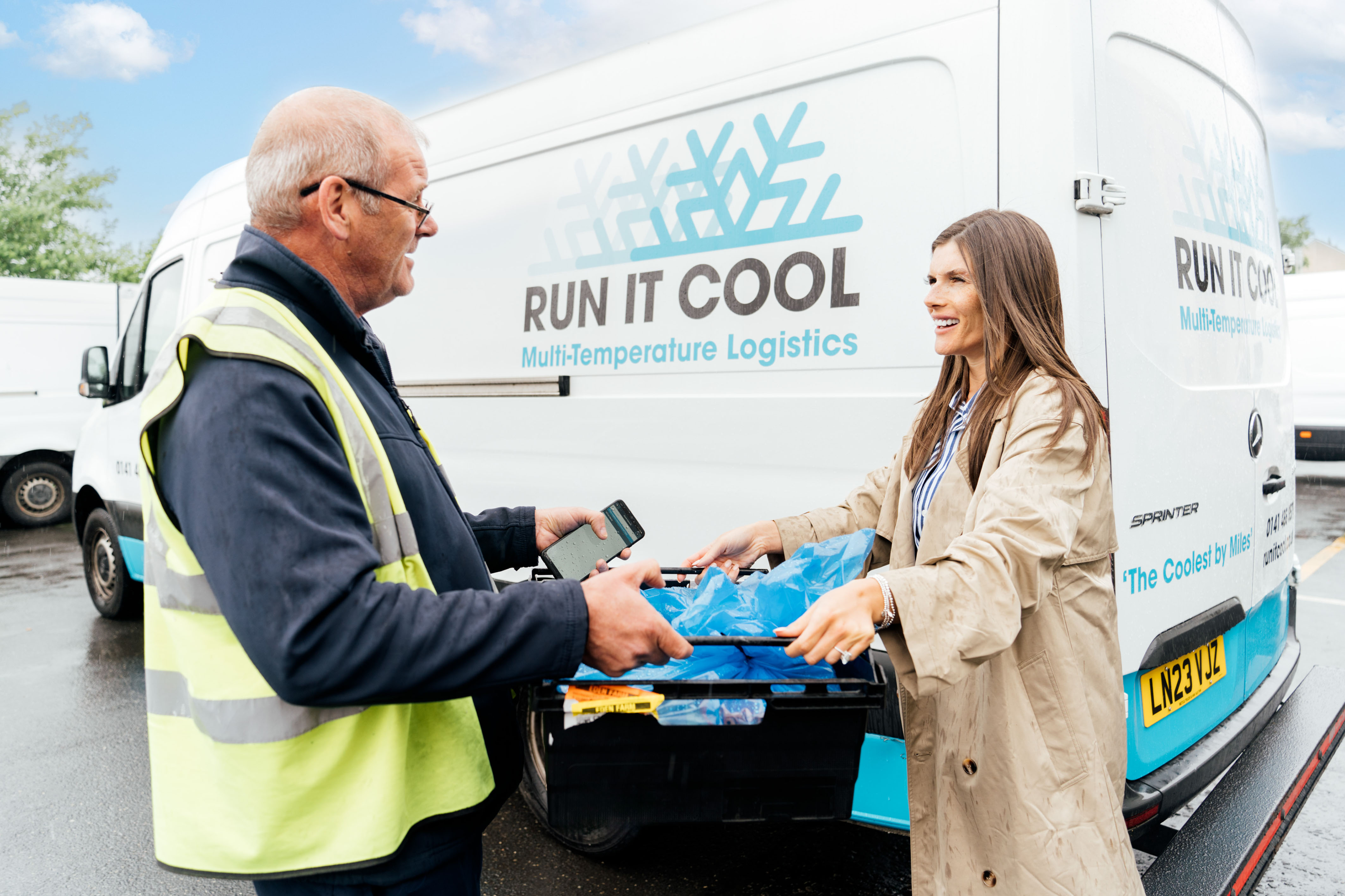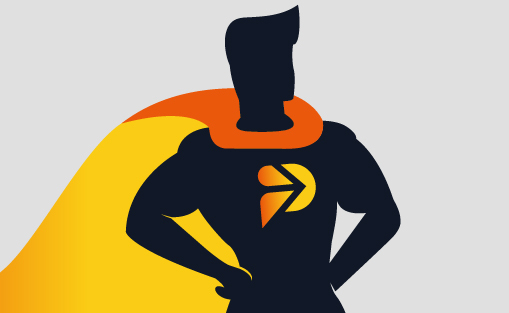What is last mile delivery?

Last mile delivery refers to the final stage of the delivery process where the package, and the delivery partner, arrive at the customer’s front door.
Delivering the goods to the customer’s door is the most important part of the delivery process, and businesses will want this to be a smooth, streamlined operation – both for customer satisfaction and their own bottom line. This is becoming more pertinent as fast delivery is increasingly expected from customers, with retail giants promising next-day or even same-day delivery. Retailers report that 48% of consumers are demanding next-day delivery and 23% are demanding same-day delivery. Unfortunately, the last mile is also typically the most expensive and inefficient one, with Business Insider estimating the last mile costs 53% of the total cost of shipping.
What is the last mile delivery problem?
Your delivery drivers, instead of transporting hundreds or even thousands of items to a goods hub, may now only be transporting dozens to individual addresses. This stage requires a higher ratio of personnel to packages than at previous points of the process.
Traffic is a problem for any company with drivers out on the road, and it can be particularly troublesome in urban environments because of the sheer volume of vehicles in a small area. The time delays associated with heavy traffic effect last mile delivery costs because of the extra time it demands of drivers.
This stage also takes more time per package. Once your drivers reach a given neighbourhood, they have to find the recipient’s address, park up, locate and scan the correct parcel(s), walk to the front door (which may be in a tower block, far from the nearest parking space, or not clearly visible), wait for the customer to answer (or not, and then either find a safe place for the parcel or return the parcel to their vehicle) – and repeat this for each customer. Delays in finding the address, parking, locating the parcel, gaining access to high-rise buildings and waiting for customers to answer their doors all contribute to the inefficiency of the last mile.
Unattended packages can also pose a problem. If a customer is not available to receive their package, but perhaps suggest leaving it in a “safe place”, e.g. a front porch or an unlocked garage, the package is vulnerable to theft, leading the customer to complain they never received their item.
Cut delivery times with route optimisation software
Using an automated route planning system can make your planning and deliveries much more efficient. Route optimisation platforms will generate multi-drop routes in seconds and take multiple factors into consideration, including delivery locations, the distance between destinations, traffic conditions, driver availability and vehicle capacity.
A good route optimisation system will make sure your delivery team meet your customers’ timeframe expectations, make better use of your drivers and vehicles, reduce admin time and help automate the flow of information, all helping to bring down last mile delivery costs. Route optimisation can be particularly helpful when it comes to complex urban logistics.
Set off more sorted
Improving warehouse operations, specifically how parcels are sorted, assigned to drivers and packed into the delivery vehicle, will make it easier for drivers to find the parcel(s) they need at each stop, making the delivery process smoother and faster.
Smart scanners
Scanning parcels as they go into the delivery vehicle may add a few seconds per parcel. However, when set up correctly, this will update the delivery status of the package and let the customer know their parcel is on its way. As well as the improved service this provides, a customer is more likely to be available to receive their goods, which means less time for drivers spent waiting at unanswered doors, fewer parcels going back to the depot and fewer parcels that need redelivering.
Use ePOD software to verify the item has been delivered
Using an ePOD (electronic proof of delivery) app has a number of uses for deliveries:
It lets customers know their order has been delivered and if they weren’t home to receive it, whether it’s with a neighbour or in a safe place.
It provides an automatically-generated timestamp with geolocation data for the business, to prove when and where a parcel was left, in the event a customer complains they haven’t received their goods. It can also accept signatures and take photos of customers receiving their goods.
It can scan barcodes, making sure that the correct parcel goes to the correct address, and will automatically update the status of that parcel.
- Collect and analyse data to identify opportunities for improvements
- Data generated from using these tools will help you identify areas where improvements can be made, for example:
- The difference between how long part of a journey should have taken compared to the actual time taken – this can give insight into traffic levels in certain areas at certain times of the day and can be worked around
- How long each stop takes – issues such as parking and access may affect this and it may become evident that using smaller vehicles for certain locations is more practical, or that enabling drivers to call customers is necessary
- How long it takes for a driver to scan all their parcels into their vehicle – is there a problem with the software, can the driver work more efficiently?
Train your staff
Making sure your staff are up-to-date with the best ways to perform their duties is one of the biggest ways you can help overcome the struggles of the last mile. This may include:
- Ensuring your staff are comfortable and proficient in using their delivery-assisting software, such as routing and ePOD
- Identifying and sharing best practise for loading a vehicle for the most convenient gradual unloading while out on the road
- Keeping your staff’s customer service skills top-notch
At Podfather, we specialise in improving vehicle fleets with smart software, including route optimisation and ePOD systems. Get in touch to find out more or book a meeting.


